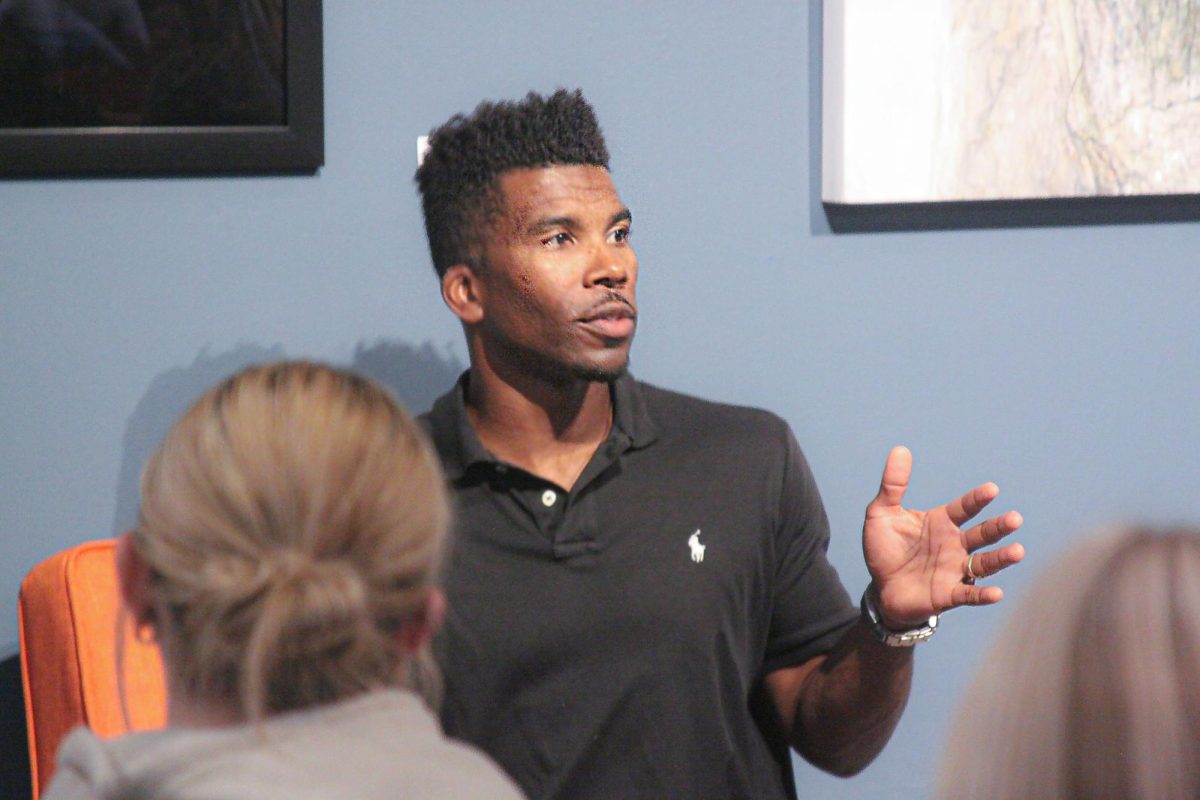When the Baylor University women’s basketball team capped off a perfect 40-0 season with a national championship in 2012, the players and coaches had many people to thank for helping them reach this milestone. But Birch Bayh probably wasn’t one of them.
Bayh will most likely fail to make Olympic gold medalist Missy Franklin’s list of acknowledgements as well when she dives into the pool for the Regis Jesuit High School swim team.
So if Bayh is not a household name for these women, then why is his legacy important? Senator Bayh is the “father of Title IX,” the 37-word law that changed the face of women’s athletics forever.
Those 37 words are part of an education amendment that created equal opportunities for men and women in collegiate and high school settings.
The amendment reads, “No person in the United States shall, on the basis of sex, be excluded from participation in, be denied the benefits of, or be subjected to discrimination under any educational program or activity receiving Federal financial assistance.”
When President Richard Nixon signed the bill into law on June 23, 1972, only 32,000 women could call themselves college athletes. However, 40 years later, universities are home to more than 191,000 female student-athletes.
In its simplest form, the bill was meant to provide equal opportunities for all students. However, it has done much more than that. Title IX has brought significant increases to both men’s and women’s sports, providing the valuable life lessons that come with involvement in athletics.
Despite all of the benefits that accompany the amendment, many are still skeptical of its impact.
While Title IX celebrated its 40th anniversary this summer, writers from the Atlantic magazine argued that the law “inflicted significant collateral damage, including increased health risks for the players, a drop in the number of women coaches and increased exposure to sexual abuse.”
Although these statistics are alarming, they are not a direct result of Title IX. The purpose of the law is to promote education and none of these problems are related to equal access of educational opportunities.
Others believe the law is hurting men’s programs, but if you look at the statistics, there is a direct correlation between the rise of men’s and women’s sports. As the number of women’s athletic programs increase, men’s programs are bound to follow.
From 2002-2011, the number of collegiate male athletes grew by 38,482 students. Women saw an increase of 32,662 athletes.
To help prevent future criticisms of Title IX, students need to be educated on the amendment that affects them in so many ways. Most of the questions surrounding the law can be silenced once conversation is sparked.
This generation of students grew up with equal opportunities, and many have little or no knowledge of Title IX. However, they cannot be held accountable for this if the amendment is never discussed.
Students and young athletes need to be educated on the implications of Title IX to begin to appreciate Bayh and the benefits the amendment brings.







